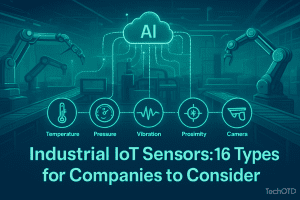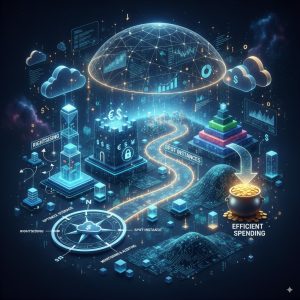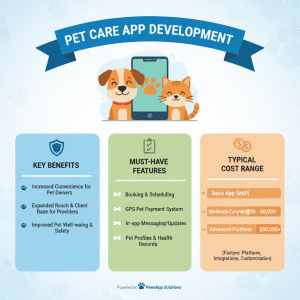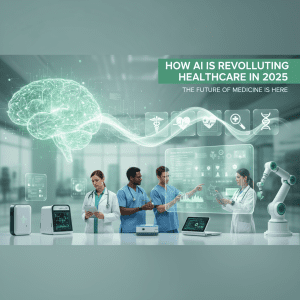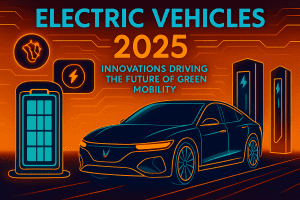Introduction
The AI revolution is driving one of the most significant shifts in company work culture in decades. Beyond automating tasks and boosting productivity, AI is transforming collaboration, management, learning, and the overall employee experience.
Key Changes in Work Culture After AI
1. Shift Toward Continuous Learning and Adaptability
-
Learning-centric Culture: As AI tools rapidly evolve, employees must constantly upskill and adapt. Organizations are encouraging ongoing education, fostering curiosity, and supporting innovation.
-
Employees now view learning not as a one-time event, but as a continuous journey alongside AI.
2. Enhanced Collaboration and Inclusion
-
Breaking Down Silos: AI-powered platforms facilitate cross-functional teamwork and easier information sharing, regardless of location or hierarchy.
-
Inclusion: AI-driven insights help tailor communication and benefits to diverse employee needs, supporting a more inclusive and multigenerational workforce.
3. Automation Frees Up Strategic and Creative Energy
-
Less Routine, More Impact: AI takes on repetitive, low-value tasks. This frees employees to focus on creative, complex, and people-centered activities, increasing job satisfaction.
-
Workers are shifting from task-doers to creators, curators, and strategists—roles demanding judgment, empathy, and innovation.
4. Personalized Employee Experience
-
Hyper-personalization: Like how streaming services recommend content, AI offers personalized career paths, learning programs, and benefits.
-
Employees expect tailored experiences and growth opportunities aligned with their unique needs and preferences.
5. Transparency, Trust, and Ethics
-
Clearer Roles and Accountability: Automated processes and transparent data use bring more clarity to job roles and expectations.
-
Ethical Leadership Required: Concerns about bias, privacy, and algorithmic decision-making are front and center. Leaders are called to set clear, ethical guidelines to ensure widespread trust in AI adoption.
6. Data-Driven Decision Making and Leadership
-
HR and Management: Company leaders use AI analytics to measure engagement, detect burnout, and guide real-time cultural improvements.
-
Evidence Over Intuition: Company culture is now shaped through data-backed approaches, not just gut instincts.
Challenges on the Path
-
Job Security Concerns: Fear of automation and shifting skill requirements can create anxiety and resistance among employees.
-
Cultural Misalignment: If AI is implemented without clear communication, engagement, or ethical standards, it can erode trust and intensify tensions within teams.
-
Leadership Gaps: Organizations lacking a clear AI adoption strategy see more conflict and less engagement compared to those with intentional leadership involvement.
Best Practices: Building a Positive AI-Driven Culture
| Strategy | Impact on Culture |
|---|---|
| Involve employees early | Fosters trust and eases transition |
| Promote transparency | Reduces fear, builds ethical standards |
| Focus on reskilling | Ensures no one is left behind |
| Measure and improve | Data-driven adjustments to culture |
| Lead with empathy | Aligns AI use with company values |
The Future: From Disruption to Empowerment
Organizations that embrace the AI revolution as a cultural, not just technical, change—prioritizing adaptability, ethics, and people—are more likely to thrive. The most successful companies will be those that use AI to enhance humanity at work, making jobs more engaging, workplaces more inclusive, and teams more innovative.
By understanding these changes, companies and employees alike can shape a future workplace where AI and human talent work hand-in-hand for shared growth and purpose.






